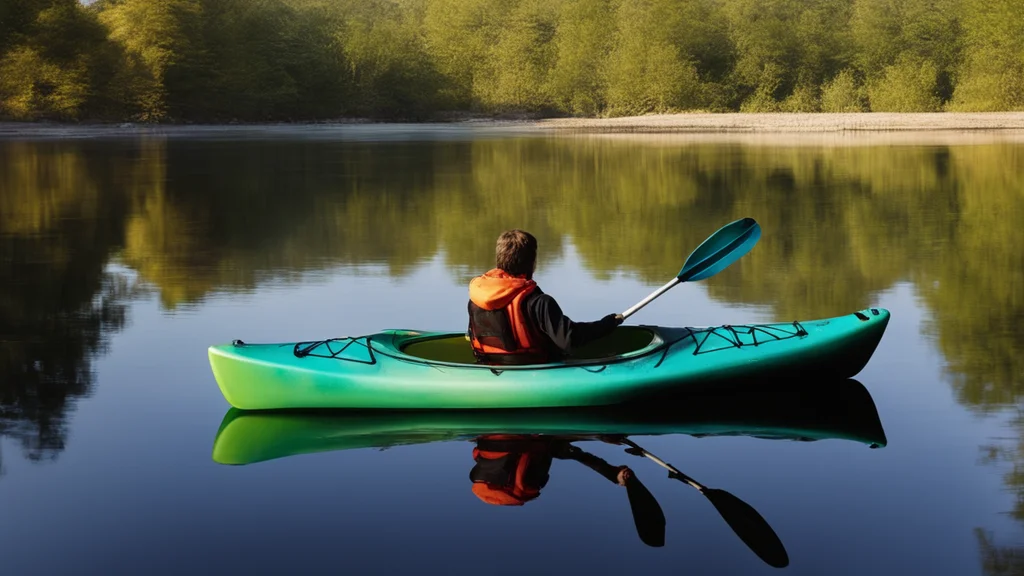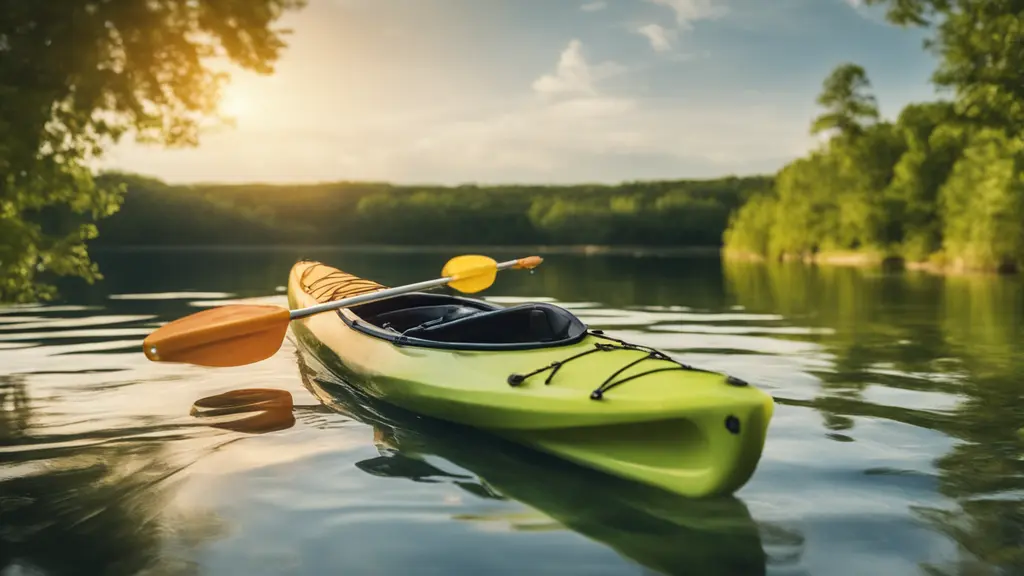Kayaking is a popular water activity enjoyed by people of all ages. Whether you’re gliding along serene lakes or tackling challenging river rapids, kayaking offers a unique blend of adventure and tranquility. However, one common concern that many kayakers have is the weight limit of kayaks. In this comprehensive article, we will delve into answering the question: do kayaks have a weight limit? The shorty answer is yes, they do have a weight limit and let’s see why you need to know more about it.
Understanding Kayak Weight Limits

What are Kayak Weight Limits?
Kayak weight limits, also known as kayak capacity or maximum weight capacity, refer to the maximum amount of weight a kayak can safely support without compromising its stability, performance, and overall safety. Exceeding the recommended weight limit can result in a variety of issues, including reduced maneuverability, decreased stability, and even the risk of capsizing.
Factors Affecting Kayak Weight Limits
Several factors contribute to a kayak’s weight limit:
- Kayak Type: Different types of kayaks have varying weight limits. Recreational kayaks, touring kayaks, and sit-on-top kayaks may have different capacities due to their design and intended use.
- Materials: The material used in constructing the kayak affects its weight-bearing capacity. Plastic, fiberglass, and carbon-fiber composites have different strength-to-weight ratios.
- Design: The shape and design of the kayak influence its stability and buoyancy, which, in turn, impact the weight it can support.
- Volume and Buoyancy: Kayaks with larger volumes and greater buoyancy tend to have higher weight limits as they can displace more water and support more weight.
- Accessories: Additional accessories, such as storage compartments, seats, and rigging, can add weight to the kayak and impact its overall capacity.
Determining the Right Kayak for Your Weight
How to Find a Suitable Kayak
Finding the right kayak based on your weight involves a combination of understanding your own weight, considering the type of kayaking you plan to do, and choosing a kayak with an appropriate weight limit. Here’s a step-by-step process:
- Assess Your Weight: Start by knowing your own weight, including any gear or equipment you’ll be carrying on the kayak.
- Consider Kayak Types: Determine the type of kayaking you’ll be engaging in. Are you interested in recreational paddling, touring, fishing, or whitewater adventures? Different types of kayaks have varying weight limits.
- Research Kayak Specifications: When looking at potential kayaks, thoroughly review the manufacturer’s specifications and details. Pay close attention to the kayak’s weight limit and the specific design features that contribute to its capacity.
- Factor in Gear: If you plan to bring gear with you, such as camping equipment or fishing gear, ensure that the total weight of you and your gear stays comfortably below the kayak’s weight limit.
- Visit a Kayak Shop: If possible, visit a kayak shop where you can physically sit in and test different kayaks. This will give you a better sense of how each kayak handles and whether it feels stable under your weight.
Safety Considerations
The Importance of Staying Within Weight Limits
Staying within the recommended weight limit is crucial for your safety and the overall enjoyment of your kayaking experience. Here’s why:
- Stability: Kayaks are designed to perform optimally within specific weight limits. Exceeding these limits can lead to decreased stability, making it easier to tip over or lose control.
- Maneuverability: Overloading a kayak can hinder its ability to maneuver effectively, especially in tight or challenging water conditions.
- Buoyancy: Kayaks rely on buoyancy to stay afloat. Excessive weight can compromise the kayak’s buoyancy, leading to a lower freeboard (distance between waterline and deck) and increased risk of taking on water.
- Capsizing: An overloaded kayak is more susceptible to capsizing, especially in rough waters or sudden changes in conditions.
Distributing Weight Properly
It’s not just about the total weight; how you distribute that weight within the kayak matters too. Proper weight distribution helps maintain stability and performance:
- Center of Gravity: Keep the heaviest items low and centered in the kayak. This helps maintain balance and prevents the kayak from feeling top-heavy.
- Fore and Aft Balance: Distribute weight evenly between the front and back of the kayak. Avoid having all the weight in one end, as it can affect how the kayak tracks and turns.
FAQs about Kayak Weight Limits
Q1: Can I exceed the kayak weight limit slightly?
It’s strongly recommended to adhere to the manufacturer’s stated weight limit. Exceeding it even slightly can impact your safety and the kayak’s performance.
Q2: Do tandem kayaks have higher weight limits?
Tandem kayaks are designed to accommodate two paddlers, so they generally have higher weight limits. However, exceeding these limits can still lead to stability issues.
Q3: Can I modify a kayak to increase its weight limit?
Modifying a kayak’s weight limit isn’t advisable. The structural integrity and design of the kayak are engineered for a specific capacity. Modifying it could compromise its safety.
Q4: What if I’m close to the weight limit?
If you’re close to the weight limit, consider factors like gear and water conditions. It’s best to choose a kayak with a weight limit that comfortably accommodates your weight and any additional items you’ll bring.
Conclusion
Understanding kayak weight limits is essential for a safe and enjoyable paddling experience. When selecting a kayak, carefully consider your weight, the type of kayaking you’ll be doing, and the manufacturer’s stated weight limit. Always prioritize safety by staying within the recommended weight limits, distributing weight properly, and understanding how exceeding those limits can affect stability, maneuverability, and overall performance. With the right kayak and proper weight management, you can embark on your kayaking adventures with confidence, knowing that you’re making the most of your time on the water.
Read More about Kayaks:
- What to Wear for Kayaking in Summer
- How to Store a Kayak in the Garage
- What is a Skeg on a Kayak
- What is a Tandem Kayak
- How to Build a Homemade Kayak Launch
- How to Get in a Kayak
- What to Wear for Kayaking?
- How to Transport a Kayak Without a Roof Rack?
- How to Build a Kayak Rack for an RV?
- Are Inflatable Kayaks Safe?
- How to Build a Rack for Kayaks?
- How Much To Rent a Kayak?
- How to Fix a Hole in a Kayak?
- Wilderness Systems Pungo 120 Kayak Review

Hi, I’m Steve, the passionate kayaking enthusiast behind Outdoor Bravo. As an avid adventurer and nature lover, kayaking has been a central part of my life for as long as I can remember. My love affair with the water began during my childhood, and it has only grown stronger over the years. From serene lakes to rushing rivers and even challenging ocean tides, I’ve navigated various water bodies, seeking new thrills and unforgettable experiences.
